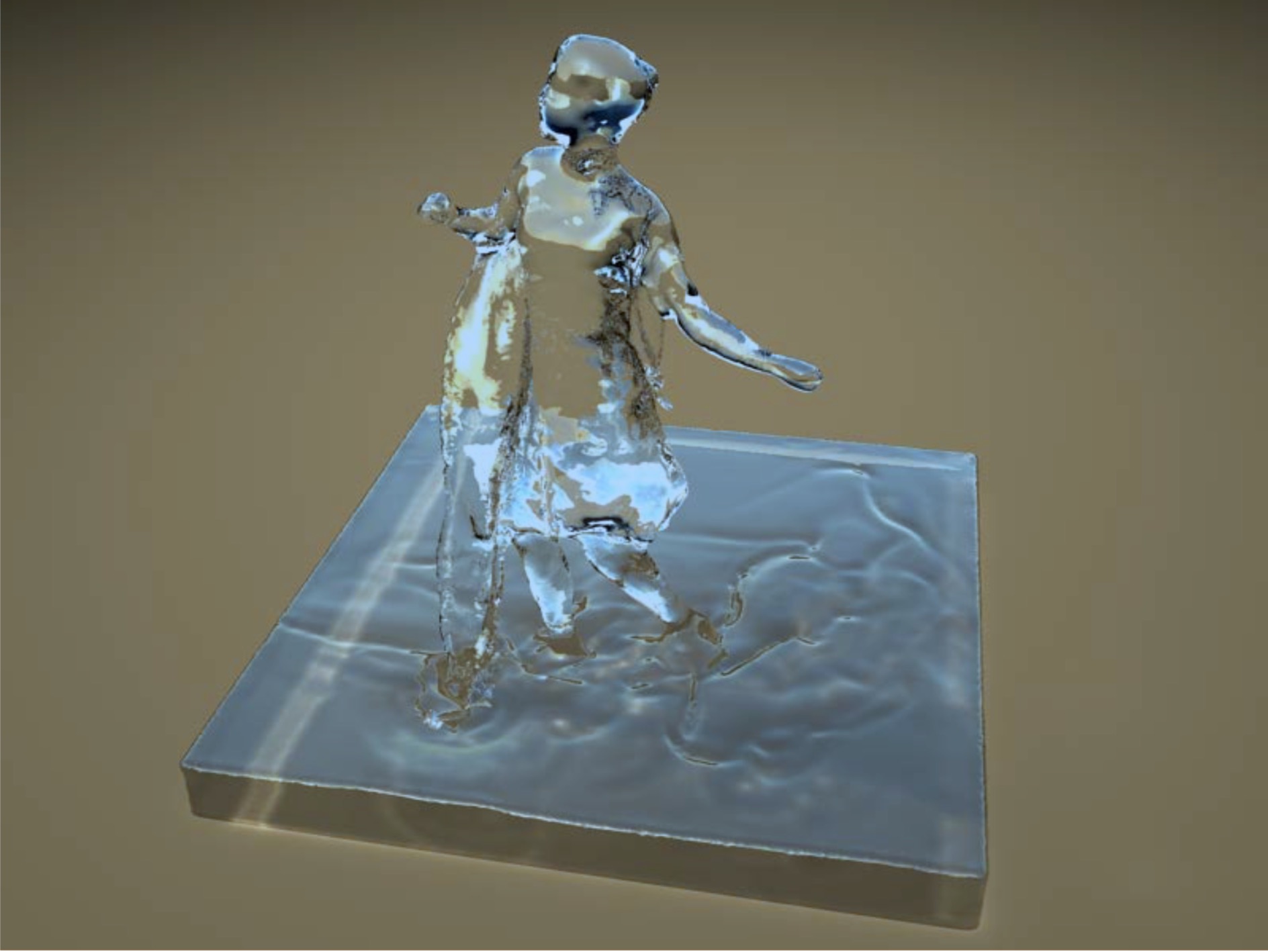
We present an approach for artist-directed animation of liquids using multiple levels of control over the simulation, ranging from the overall tracking of desired shapes to highly detailed secondary effects such as dripping streams, separating sheets of fluid, surface waves and ripples. The first portion of our technique is a volume preserving morph that allows the animator to produce a plausible fluid-like motion from a sparse set of control meshes. By rasterizing the resulting control meshes onto the simulation grid, the mesh velocities act as boundary conditions during the projection step of the fluid simulation. We can then blend this motion together with uncontrolled fluid velocities to achieve a more relaxed control over the fluid that captures natural inertial effects. Our method can produce highly detailed liquid surfaces with control over sub-grid details by using a mesh-based surface tracker on top of a coarse grid-based fluid simulation. We can create ripples and waves on the fluid surface attracting the surface mesh to the control mesh with spring-like forces and also by running a wave simulation over the surface mesh. Our video results demonstrate how our control scheme can be used to create animated characters and shapes that are made of water.

A dancer made of water.
This material is based in part upon work supported by the National Science Foundation under grants CCF-811485 and IIS-11130934. Any opinions, findings, and conclusions or recommendations expressed in this material are those of the author(s) and do not necessarily reflect the views of the National Science Foundation.
Go to Greg Turk's Home Page.